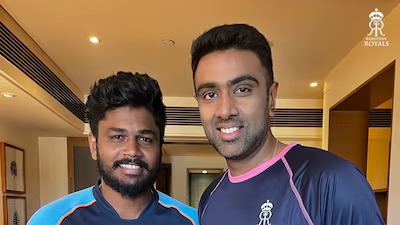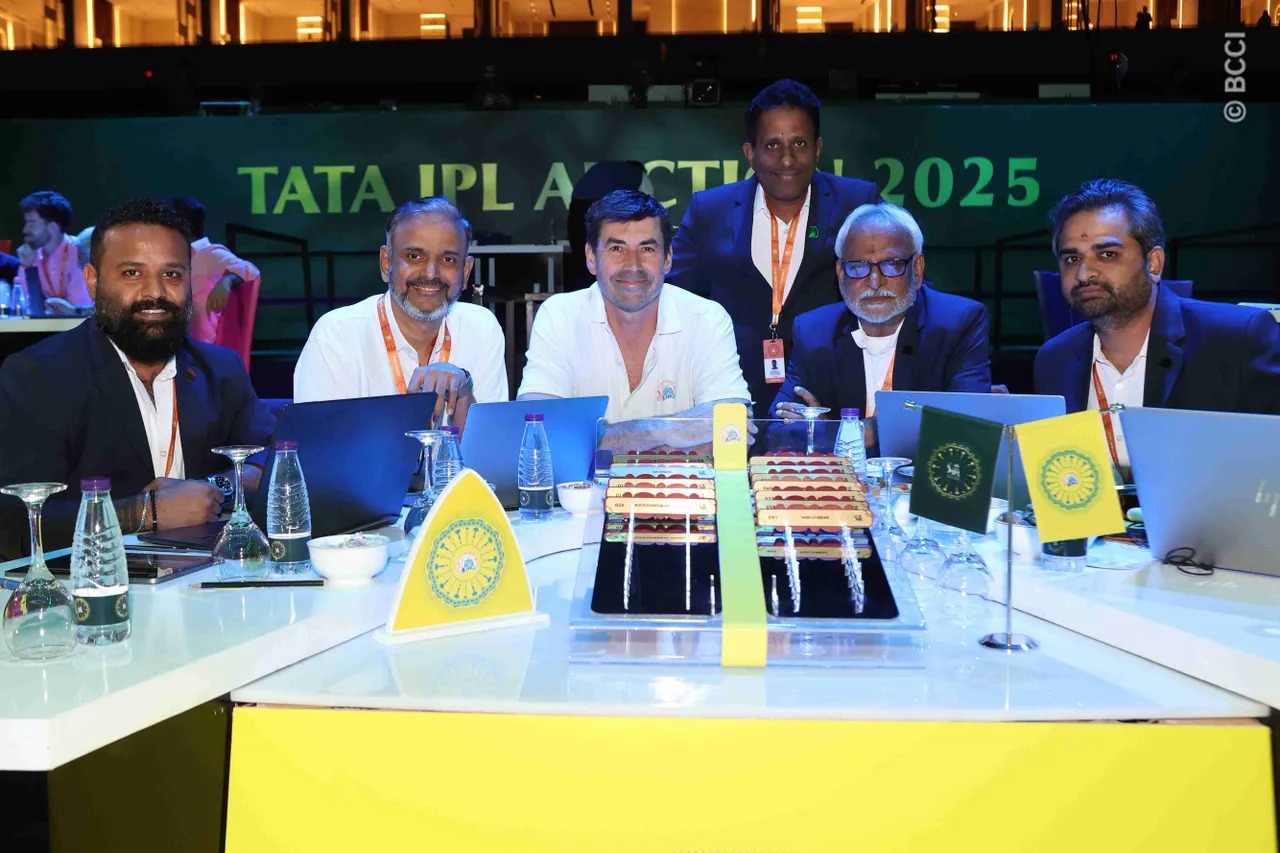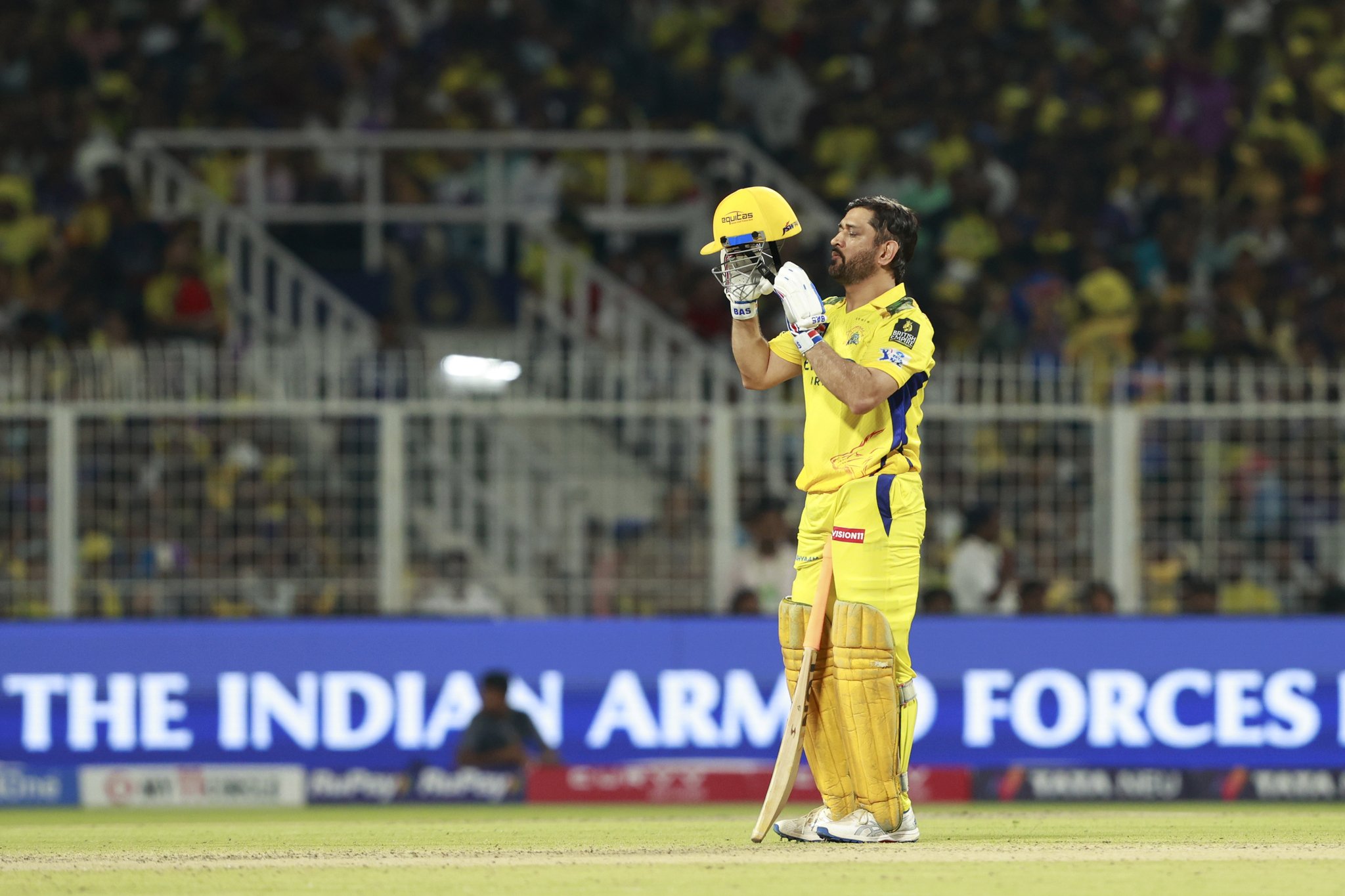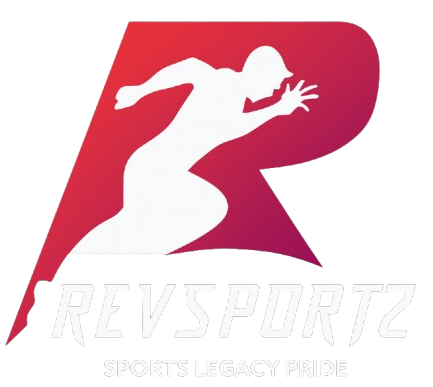
For most of the IPL’s history, the script was simple: franchises decided, players complied, at least in public. Retentions and releases were front-office business. The players’ role, more often than not, was to smile for photographs, thank the fans, and keep their opinions to themselves.
The power lay with the managements who controlled contracts, the auction tables, and the narrative. If you were traded or released, you simply wore the label and moved on.
The New Playbook: Owning the Narrative
Sanju Samson’s reported desire to leave Rajasthan Royals and R Ashwin’s hints about moving on from Chennai Super Kings may seem like isolated ripples. But look closer, and you’ll see a subtle pattern, players reframing the conversation before the franchises do.
By signalling intent first, they avoid the “discard” tag. In a league where perception is currency, being seen to make your own career choice matters as much as the choice itself. It’s straight out of the European football playbook, where transfers are often choreographed to project agency, even if the reality is more complex.
Why It Matters in the IPL
This isn’t just about ego. It’s about survival in a hyper-scrutinised ecosystem where brand value, fan sentiment, and marketability can define your career as much as a cover drive or a carrom ball. Publicly owning your move preserves bargaining power. It signals to sponsors, fans, and future employers that you are still the driver of your own story.
In many ways, the IPL is simply catching up with global sport, where such manoeuvres are routine. The difference? Here, the league’s auction system still tilts the balance towards franchises.

The Auction Problem
The three-yearly mega auction is, by design, short-termist. It encourages quick fixes, bargain buys, and wholesale squad changes, often at the cost of continuity or loyalty.
A free-market model, where contracts run their course and players negotiate freely, would allow both sides to plan long-term, much like football’s transfer windows. Remove the looming threat of being “sold,” and you remove the need for soft signalling altogether.
Dhoni and the Gold Standard of Alignment
Of course, there are counterpoints. MS Dhoni’s 19-year association with CSK is a masterclass in mutual value creation. The franchise anchored its brand to his leadership; he, in turn, embedded his marque in their stability and culture. The result? CSK’s valuation has tripled in the past decade, and Dhoni’s own brand equity has risen in parallel.
Also Read: How MS Dhoni, cut from similar cloth to MGR and Rajni, became a Tamil cultural icon

When loyalty, fan passion, and commercial logic align, such long-term partnerships thrive. But Ashwin’s story reminds us of the flip side, the moment a player’s perceived value dips, even legends can be reduced to “assets” or “liabilities” in the ledger.
Kohli and RCB: Loyalty Beyond Trophies
Another prime example is Virat Kohli’s long-term stay at Royal Challengers Bengaluru. Despite RCB only breaking their trophy drought this past season, the franchise has gained immensely from being associated with brand Kohli, one of the most marketable names in global sport. In return, Kohli has benefitted from the unwavering platform, visibility, and fan base that RCB has provided, even in lean years. It’s a reminder that in the IPL, success isn’t measured solely by silverware, but in the sustained brand value both sides can build together.
The Road Ahead
A US-style model with transparent trades and more player agency could make IPL movement fairer and less politicised. But it would also require a cultural shift in how Indian franchises balance sentiment with business.
For now, what Samson and Ashwin have done is open the door to a new kind of player behaviour, one that could slowly change how exits are seen, and perhaps, how they are made. In a league that thrives on spectacle, even the goodbye might soon become part of the show.
Follow Revsportz for latest sports news



